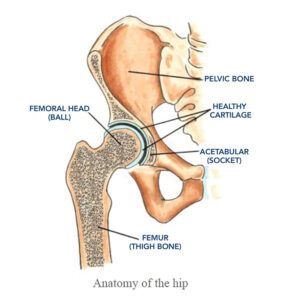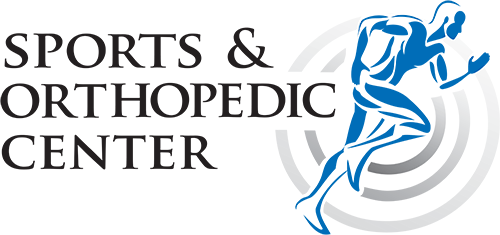ARTHROSCOPIC TREATMENTS FOR DEGENERATIVE CHANGES OF THE HIP
Osteoarthritis (OA) is a chronic disease. It causes degenerative (progressive) damage to your joints, including those in your:
- hands and fingers
- knees
- hips
- shoulders
- lower back
- neck
While there’s no current cure for OA or a way to reverse the damage it causes, a range of treatment options can help manage your symptoms.
Doctors classify the progressive degeneration of OA as mild, moderate, or severe. In severe, or advanced, OA:
- Your cartilage has worn away.
- The space between the bones in your joint is much smaller than it used to be.
- Your joint feels warm and is inflamed.
- The amount of fluid that lubricates your joint has decreased, although the joint may be swollen.
- You have more bone spurs.
- Bones rub together at the joint.
- You’ll likely have pain and discomfort when moving the joint.
- The pain may prevent you carrying out daily activities.
Osteoarthritis of the hip results in pain, stiffness, and joint deformity. The symptoms of osteoarthritis can affect one’s ability to walk, work, and enjoy life.
ARTHROSCOPIC TREATMENTS FOR THE HIP
Hip arthroscopy is a procedure that allows the hip specialist to examine (and at the same time treat) the bones, ligaments and cartilage of the hip joint.
 Hip arthroscopy is performed as minimally invasive surgery, small incisions allow microsurgical instruments to enter the hip joint. Hip arthroscopy can identify (and often remove) the causes of osteoarthritis of the hip. The arthroscopic camera enables the surgeon to see the interior of the hip, fluid is injected into the joint space to enlarge the space for the surgical procedure. Arthroscopic tools are used to repair damage to the hip and prevent osteoarthritis progressing. Hip arthroscopy is an examination method and treatment for hip pain, at the same time.
Hip arthroscopy is performed as minimally invasive surgery, small incisions allow microsurgical instruments to enter the hip joint. Hip arthroscopy can identify (and often remove) the causes of osteoarthritis of the hip. The arthroscopic camera enables the surgeon to see the interior of the hip, fluid is injected into the joint space to enlarge the space for the surgical procedure. Arthroscopic tools are used to repair damage to the hip and prevent osteoarthritis progressing. Hip arthroscopy is an examination method and treatment for hip pain, at the same time.
The procedure is usually done on an outpatient basis. Patients are usually discharged on crutches but can often return to full weight bearing after a few days. Physical therapy may be used during the postoperative period to increase range of motion and strength. It may be necessary to protect weight bearing for as long as six weeks following the procedure if the microfracture technique is used.
It should be noted that while the procedure has vastly improved the ability to treat certain hip disorders with minimal surgical trauma, it is not always an appropriate replacement for other larger operations. If the hip has severe degeneration, total hip replacement may be the only procedure that will provide long-term pain relief.
If you need a consultation for your hip pain, contact us today at Sports and Orthopedics Center. We are here to help you find relief so you can live your best life!

